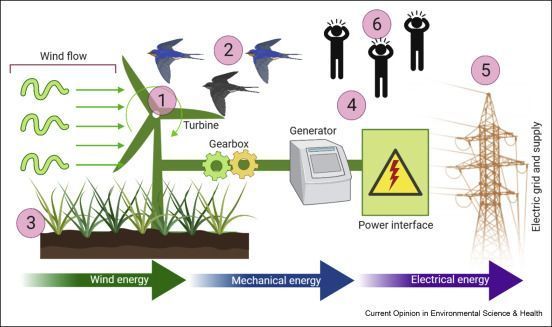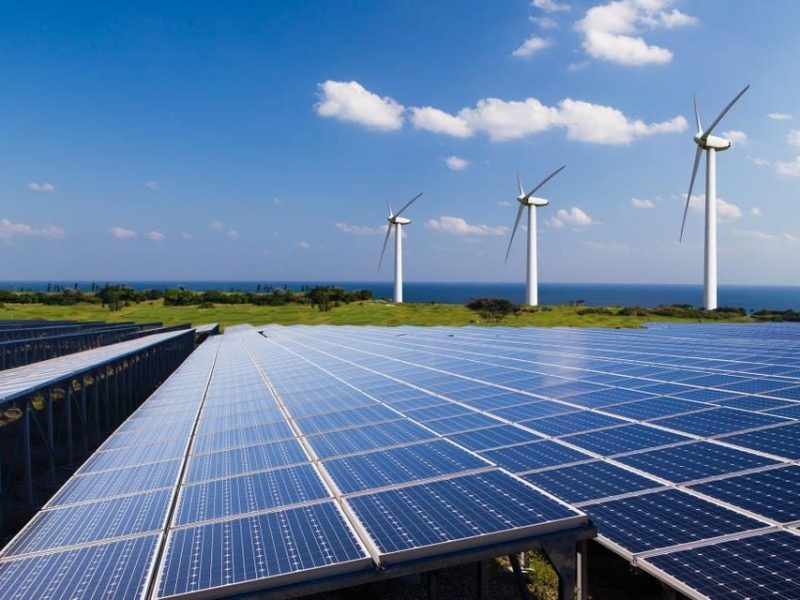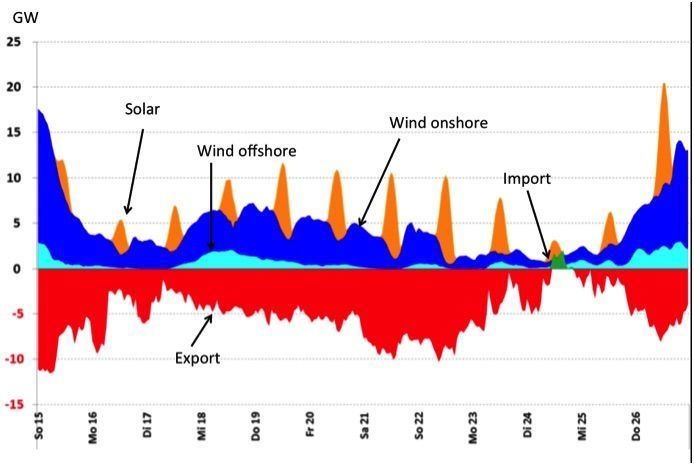As the world continues to seek out renewable sources of energy to combat the effects of climate change, wind energy has emerged as a popular and promising option. With its ability to harness the power of the wind to generate electricity, wind energy is seen as a clean and sustainable alternative to fossil fuels. However, like all forms of energy production, wind energy does have environmental impacts that need to be taken into consideration.
Reduced Carbon Emissions
One of the most significant benefits of wind energy is its ability to significantly reduce carbon emissions. Unlike fossil fuel power plants, wind turbines do not produce greenhouse gases that contribute to climate change. By harnessing the power of the wind, wind energy helps to reduce our reliance on fossil fuels and decrease our carbon footprint.
Land Use and Wildlife Impact
While wind energy is a clean and sustainable source of power, the construction and operation of wind farms can have impacts on the environment. Wind turbines require a significant amount of land for installation, which can lead to habitat loss and fragmentation for wildlife. Birds and bats are particularly vulnerable to collisions with wind turbines, which can have negative impacts on populations.
Noise and Visual Impact
Another consideration when it comes to the environmental impacts of wind energy is the noise and visual impact of wind turbines. While many people find the sight of wind turbines to be aesthetically pleasing, others may find them to be a blight on the landscape. Additionally, the noise generated by wind turbines can be a concern for nearby residents, especially if they are located in close proximity to homes or businesses.
Resource Consumption
Wind energy is often touted as a sustainable source of power, but the production and installation of wind turbines do require resources. The manufacturing of wind turbines can be energy-intensive and may rely on the use of non-renewable materials. Additionally, the maintenance and decommissioning of wind farms can also have resource consumption implications. It is important to consider the full life cycle of wind energy production when evaluating its environmental impact.
Conclusion
Wind energy has the potential to play a significant role in our transition to a more sustainable and environmentally friendly energy future. While there are environmental impacts associated with wind energy, they are generally considered to be less harmful than those of fossil fuels. By carefully considering and mitigating the environmental impacts of wind energy, we can continue to harness the power of the wind in a responsible and sustainable manner.
References:
US Department of Energy – Advantages and Challenges of Wind Energy
National Renewable Energy Laboratory – Environmental Impacts of Wind Energy


